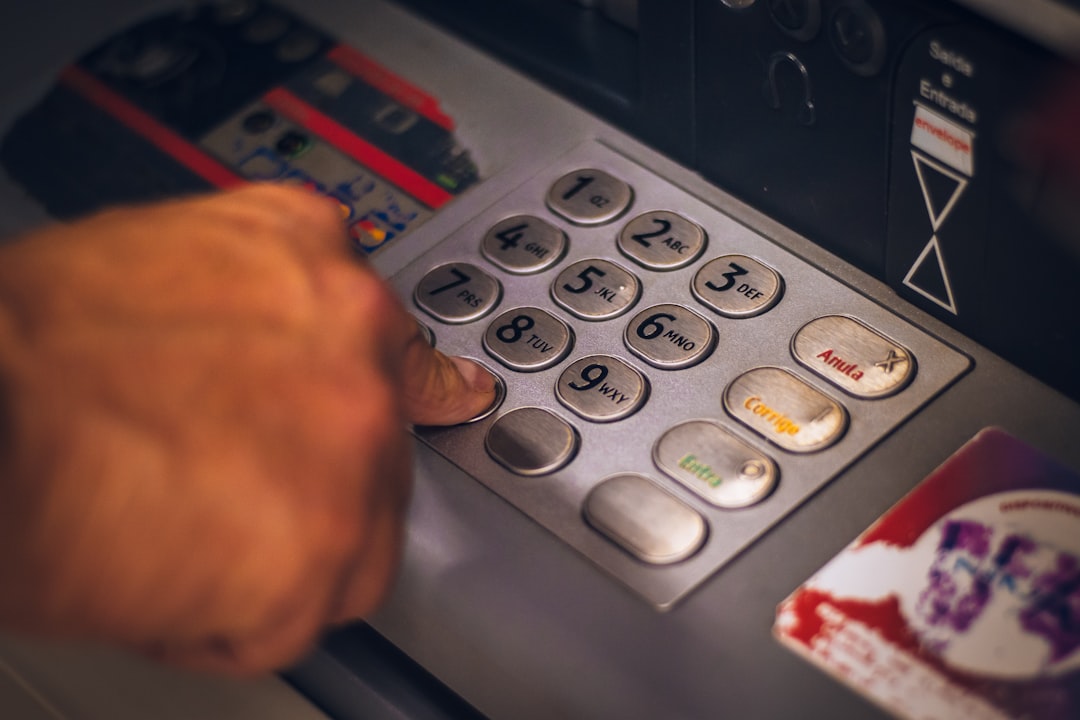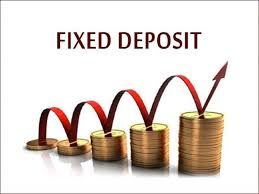Interest rates can significantly impact your investment returns, especially when it comes to fixed deposits (FDs). As an investor, it’s crucial to understand how fluctuations in FD interest rates stack up against other investment avenues. In this article, we’ll dive deep into the effects of interest rate changes on FDs and compare them with other investment options. Let’s get started on this journey towards smarter financial planning!
Impact of Interest Rates on FDs
How do interest rate fluctuations affect your FD returns? It’s a straightforward relationship. When interest rates rise, your FD earnings increase, and when rates fall, your returns take a hit. Here’s a closer look:
Rising Interest Rates
-
Banks offer higher FD interest rates to attract deposits.
-
Your FD investments earn more, boosting your returns.
-
Example: If rates increase from 6% to 7%, a ₹5 lakh FD would earn ₹35,000 instead of ₹30,000 annually.
Falling Interest Rates
-
Lower FD rates mean reduced earnings on your deposits.
-
If you invest in an FD when rates are low, you may miss out on higher returns later.
-
Reinvesting at maturity might yield lower returns if rates have dropped further.
Economic Factors Influencing Rates
Interest rates don’t change on a whim. They are influenced by:
-
High inflation often leads to higher rates, while low inflation keeps rates in check.
-
A booming economy can push rates up, whereas a slowdown may bring them down.
-
Decisions by the Reserve Bank of India (RBI) and government actions impact interest rates.
Investment Comparison: FDs vs. Other Options
Now, after knowing the impact of interest rates on FD, let’s see how they fare against other popular investment avenues:
|
Investment |
Impact of Rising Rates |
Impact of Falling Rates |
|---|---|---|
|
FDs |
Higher returns |
Lower returns |
|
Savings A/C |
Slightly higher interest |
Marginal decrease in interest |
|
Stocks |
Potential short-term volatility |
Possible rally due to lower borrowing costs |
|
Bonds |
Prices may fall, lowering returns |
Prices may rise, offering capital appreciation |
|
Real Estate |
Higher home loan rates, slower growth |
Lower loan rates, potential for increased demand |
As you can see from the above investment comparison, each investment reacts differently to interest rate changes. While FDs provide guaranteed returns, they may not always keep pace with inflation. Stocks and real estate offer the potential for higher long-term gains but come with added risks.
Optimising your FD Investments
Despite the impact of fluctuating rates, FDs remain a popular choice for their stability and assured returns. Here are some ways to make the most of your FD investments:
Ladder your FDs
-
Spread your investments across FDs of different tenures.
-
Benefit from higher rates on longer-term deposits while maintaining liquidity with shorter ones.
-
Example:
Invest ₹2 lakh in a 1-year FD at 9.1%
₹2 lakh in a 2-year FD at 9.2%
₹1 lakh in a 3-year FD at 10.1%
Consider Cumulative FDs
-
Earn interest on interest with cumulative FDs, where the interest is compounded quarterly or annually.
-
Benefit from the power of compounding to grow your wealth over time.
-
Use Airtel Finance’s FD interest calculator to estimate your returns.
Stay Informed about Rate Changes
-
Keep an eye on the latest interest rate on fixed deposits offered by various banks and financial institutions.
-
Consider shifting to higher-yielding FDs when rates are attractive, factoring in any premature withdrawal penalties.
Explore Special FD Schemes
-
Look for special FD offers with higher rates for senior citizens and women or during festive periods.
-
Take advantage of Airtel Finance’s flexible FD options, starting from just ₹1000.
-
Consider FDs with liquidity options, like loans against FDs.
Conclusion
Interest rate changes can significantly impact your FD returns. This makes it crucial to stay informed and adapt your investment strategy accordingly. While rising rates are favourable for FD investors, falling rates may require exploring other avenues to optimise your returns.
Understand how interest rates affect different investments. Furthermore, ladder your FDs, leverage the power of compounding, and stay alert to rate changes. With all this, you can make your money work harder for you. Additionally, Airtel Finance has flexible FD options, competitive rates, and investor-friendly features like online FD booking and interest calculators. This will enable you to manage your FD investments conveniently.
Take charge of your financial future today. Explore Airtel Finance’s FD options, and use the FD interest calculator to estimate your returns. Moreover, make informed decisions to grow your wealth steadily over time.
FAQs
1. Does interest rate affect fixed deposits?
Yes, interest rates directly impact FD returns. When rates rise, FDs earn higher interest, and when rates fall, FD returns decrease accordingly.
2. How interest rates change affect investments?
Changes in interest rates can affect investments differently. Rising rates may boost FD and savings account returns. Meanwhile, falling rates could make borrowing cheaper, potentially benefiting stocks and real estate.
3. Does fixed deposit interest rate fluctuate?
FD interest rates can fluctuate based on various factors like inflation, economic growth, and government policies. However, once you book an FD, the interest rate remains fixed for the tenure of the deposit.
4. What are the effects of interest rates fluctuation?
Fluctuations in interest rates can impact the returns on various investments. Rising rates generally benefit fixed-income investments like FDs and bonds. In contrast, falling rates may spur economic growth and boost stocks and real estate.
5. How do high interest rates affect investments?
High interest rates can be favourable for fixed-income investments like FDs, as they offer higher assured returns. However, they may lead to increased volatility in stocks and slower growth in real estate due to higher borrowing costs.


 Get App
Get App  Airtel Store
Airtel Store  Login
Login 


